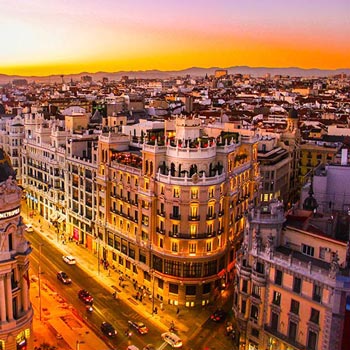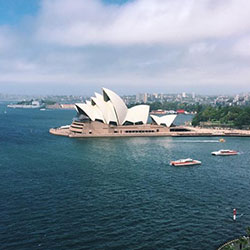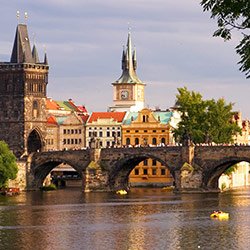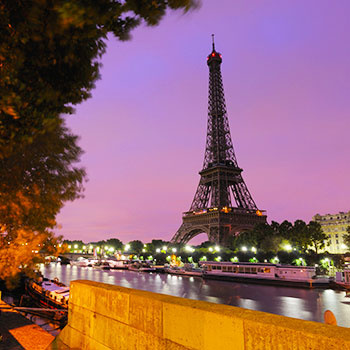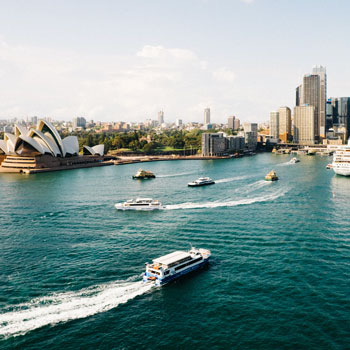Public Art in the Global City
Tourism & Hospitality Management Program
Barcelona, Spain
Dates: 1/11/23 - 5/7/23

Public Art in the Global City
OVERVIEW
CEA CAPA Partner Institution: CEA CAPA Barcelona Center
Location: Barcelona, Spain
Primary Subject Area: Art History
Instruction in: English
Course Code: ARH350BCN
Transcript Source: University of New Haven
Course Details: Level 300
Recommended Semester Credits: 3
Contact Hours: 45
Prerequisites: None
DESCRIPTION
This course will examine the social, cultural, economic, and political impact of public art in global cities taking Barcelona as an example and focusing on the study of contemporary artistic practice. Public space has become a place of great complexity in its social and political dimension since the population of global cities has grown in size, plurality, and diversity. Residents, tourists, and real estate developers are some of the actors who negotiate the meanings and values of this space creating an arena of dissension and conflict. Public art, having a great symbolic value, operates within this manifold scenario, not only modifying the architectural and urban morphology of the city, but also infiltrating its social fabric by introducing elements of reflection, debate, and disagreement.
The first part of this course will focus on the theoretical framework of public art concentrating on the analysis of some relevant international case studies. The second part will focus on examples of artistic interventions in the public space in Barcelona. The aim of the course is to establish a basis to determine the degree of effectiveness at a social and economic level of this type of artistic practice. Topics include the uses of public art as a visual landmark and tourist attraction; as an urban regeneration tool; as a space of memorial and remembrance; as a generator of civic pride, sense of place and identity; and as a creator of sense of community and collective anchor points. This course will also address issues of spatial inequality taking examples of projects generated both in the city's monumental center and in peripheral neighborhoods. Finally, a comparison will be made between the authorized public art and some illegal artistic practices such as graffiti and street art.
The first part of this course will focus on the theoretical framework of public art concentrating on the analysis of some relevant international case studies. The second part will focus on examples of artistic interventions in the public space in Barcelona. The aim of the course is to establish a basis to determine the degree of effectiveness at a social and economic level of this type of artistic practice. Topics include the uses of public art as a visual landmark and tourist attraction; as an urban regeneration tool; as a space of memorial and remembrance; as a generator of civic pride, sense of place and identity; and as a creator of sense of community and collective anchor points. This course will also address issues of spatial inequality taking examples of projects generated both in the city's monumental center and in peripheral neighborhoods. Finally, a comparison will be made between the authorized public art and some illegal artistic practices such as graffiti and street art.
